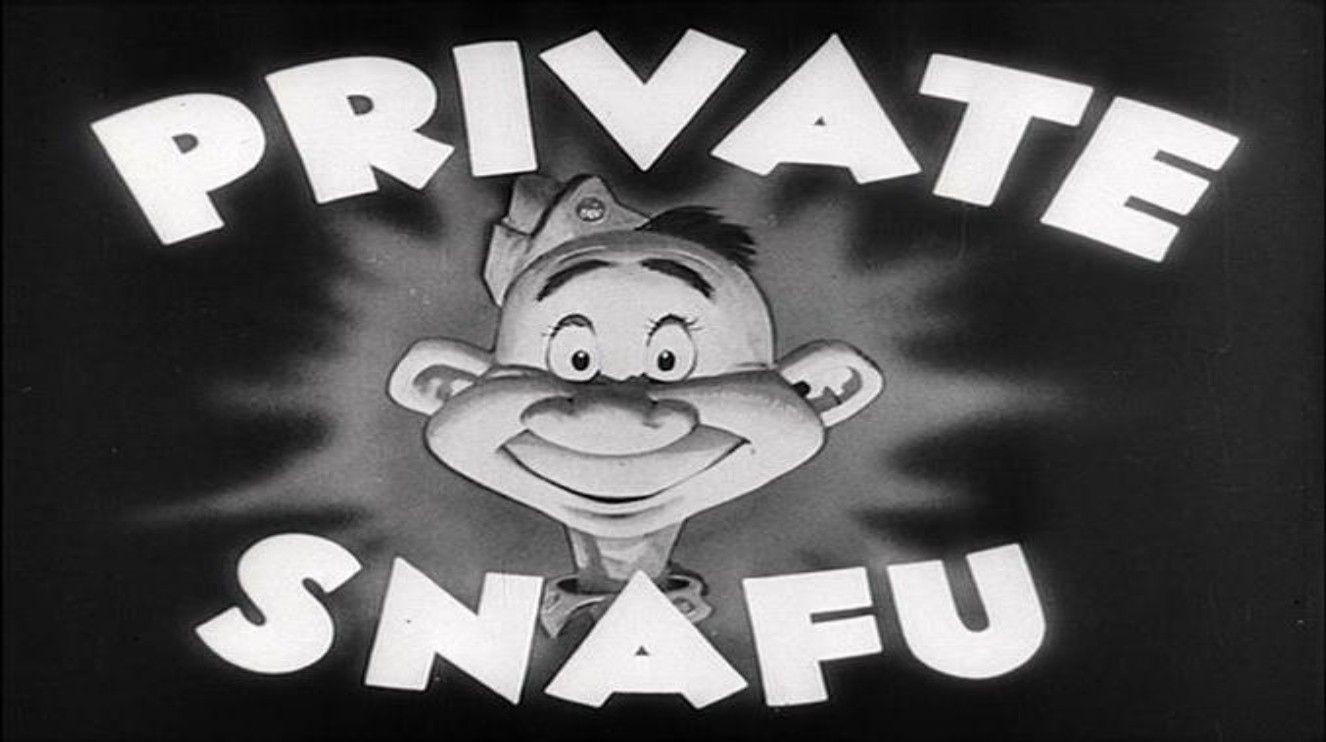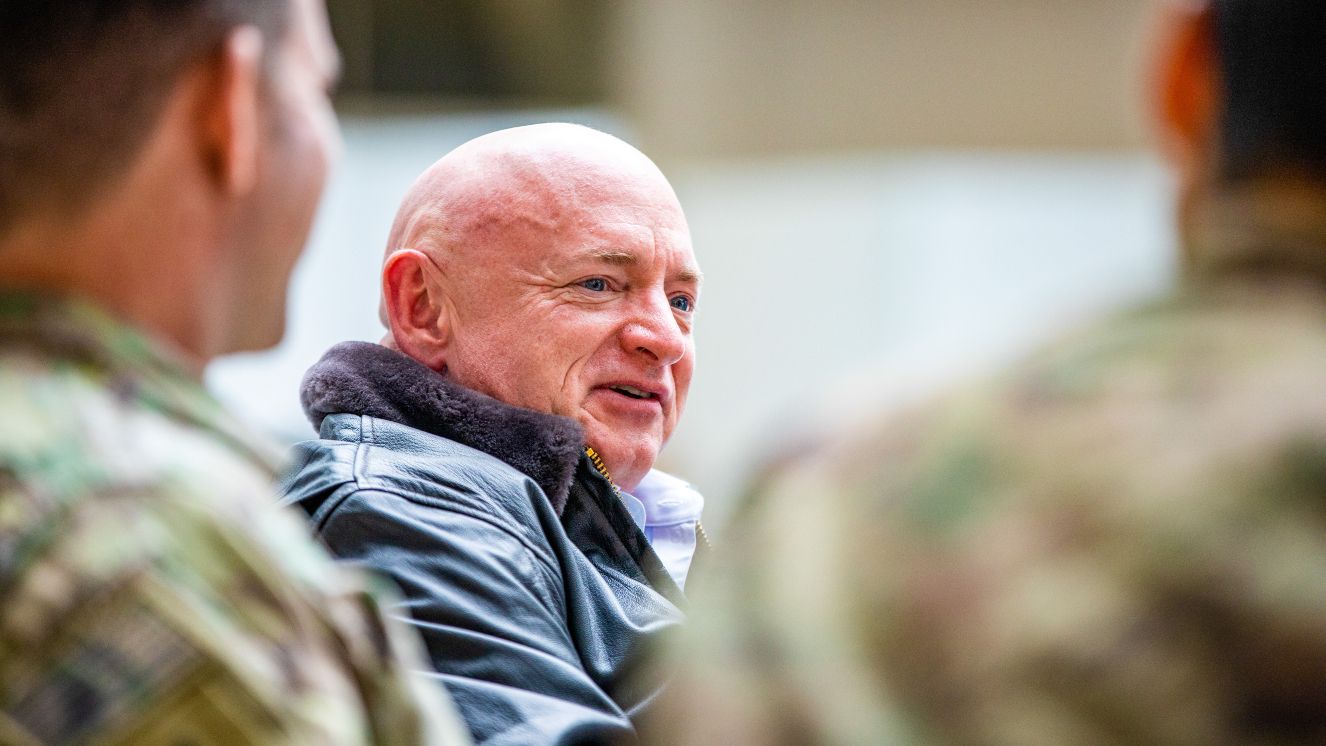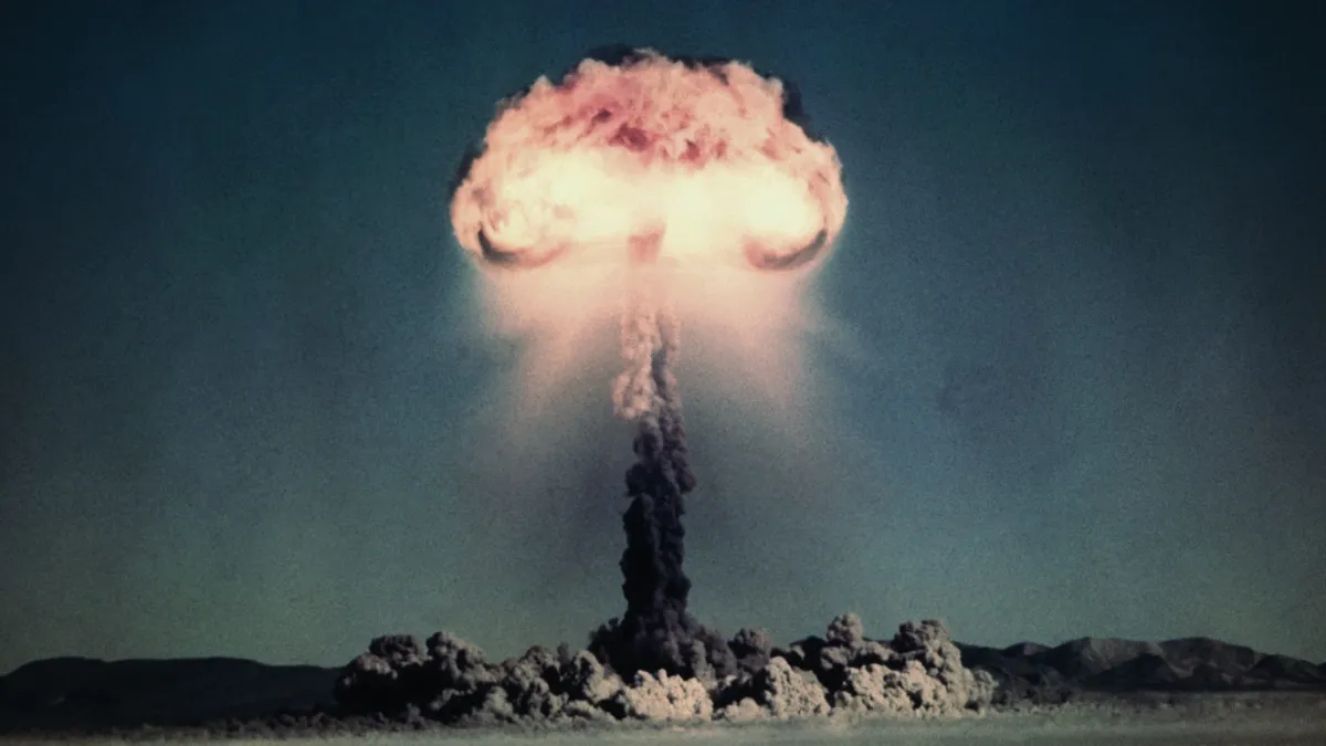HISTORY OF MILITARY TATTOOS: IDENTITY AND HONOR IN THE ARMED FORCES

Many of us don’t know much about the history of military tattoos. But, it has long been a standing tradition in American military history, dating back to the 1700s.
Tattooing and body art is a practice that is a mainstay in the military and among service members. If we go back to the roots of the practice, we’ll learn that it’s a personal tribute to pride, sacrifice, and survival.
As years go by, tattoos have changed from symbols of rebellion to powerful markers of identity within military ranks; and therefore, it’s nice to know how this tradition began, being that it is such a staple practice. Join us as we take a closer look at the history of military tattoos, and their meaning today.
Military Tattoo Origins and Popularity: Historical Overview
Tattoos have been an integral part of military life for many years, but you might be surprised to learn that it’s actually the Sailors in the 1700s who were the earliest adopters of military tattoos.
During the American Revolution, Sailors’ American citizenship papers were often disregarded by British Navy ships. Therefore, Sailors tattooed their identification information on them to avoid being illegally recruited by the British navy.
Fun fact: They were the ones who got inked with symbols of protection, anchors, or names of loved ones, and these tattoos are often in the design of places they had visited or roles they held in the ships.
British Army commander, Frederick Roberts, was an encourager of tattoos on troops saying, “Every officer in the British army should be tattooed with his regimental crest. Not only does this encourage esprit de corps but also assist in the identification of casualties.”
During the American Civil War, tattoos became very common among Soldiers. Even traveling tattoo artists followed military camps and inked everything from unit numbers to patriotic emblems like flags or muskets. Many saw that having tattoos was also a way to hold onto their identity, even during the war.
Norman Keith Collins, also known as “Sailor Jerry,” was an extremely influential figure in the tattoo world. He served in the Navy during the 1930s, and traveled around Southeast Asia. During this time, he learned about the culture and tattooing style of the area, bringing back those influences to the U.S. Today, his tattooing style is highly regarded, and still remains very popular.
In history, tattoos were worn as armor, and as time went by, they were treated as more than just body art because they served as service, loss, and honor for the military community. It actually became a rite of passage during or after military service.
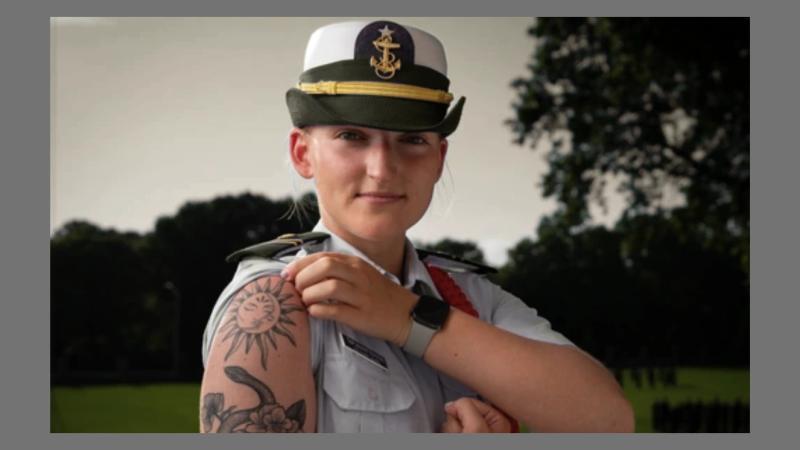
Migration of Military Tattoo Traditions: Global Influence
Military service members were deployed all across the globe, and of course, we would expect them to adapt to other cultures, being they would be based in a certain location.
The American service members that were assigned in the Pacific during World War II in the history of military tattoos returned with Polynesian body art.
These tattoos were called Polynesian “tatau.” When they returned, tattoos quickly spread from British to American Sailors, and so it began, evolving within the branches.
Now, service members have formed their own understanding of military tattoos. They have a meaningful, deeply personal connection with them that has been shaped by experiences and travels all over the world. Tattoos now can be used to tell a story or as a form of therapy or recognition.
Common Military Tattoo Designs: Symbols and Meanings
Now that we have a basic understanding of the history of military tattoos let’s move on to the fun part: identifying the most common military tattoos!.
Some of the known and regular choices that are pretty common are unit numbers in the military, battalion logos, and deployment dates. However, some get dog tags or coordinates tattooed on their skin to represent the places where they have been.
Another common theme, if you take a guess, is patriotic tattoos, of course! These are staples such as the American flags, bald eagles, or words like “Semper Fi” (Always Faithful) or “Brothers in Arms.” They basically show loyalty to the country and their fellow comrades.
Another fun fact! One of the coolest aspects of military tattoos is that each branch has its own unique tattoo traditions. Below is a closer look at the most popular tattoos by branch:
Army
- Camouflage
- Red Beret
- Green Beret
- Tanks
- Field cross
Navy
- Anchors
- Navy emblem
- Nautical star
Air Force
- Jets
- Wings
- Air Force logo
Marines
- USMC emblem
- Bulldogs
- Crash, Fire and Rescue
Coast Guard
- USCG emblem
- Cutters
- Helicopters
- Life preservers
Overall, each of these tattoos serve a significant purpose for military service members, which is to convey a story that only those who have been part of the military can understand.
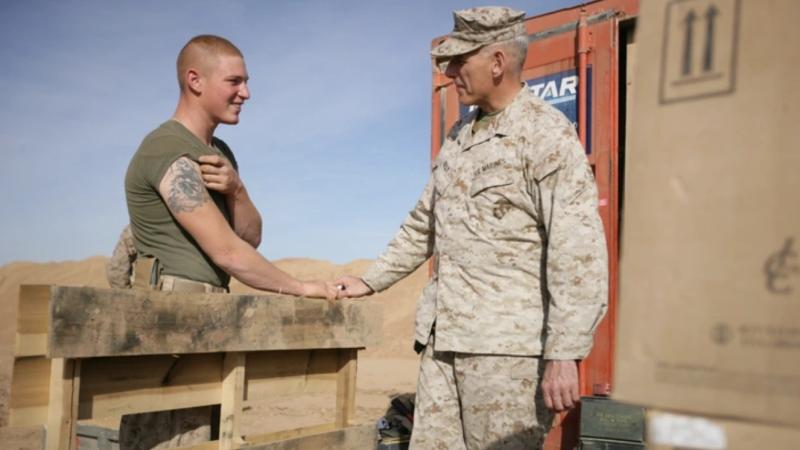
Current Military Tattoo Regulations: Policy and Guidelines
So, if you still have the question, “Can you have tattoos in the military”? The simple answer is “yes.”
You are able to sport your ink, but of course, we still have to respect the rules that come with it.
You must be mindful of the placement and tattoo, as the military has specific rules regarding these matters. If you wish to get a tattoo while serving, especially in sensitive areas such as the face, neck, or hands, just know that they are usually restricted.
Many recruits already have tattoos before they enlist; therefore, they sometimes can’t do anything about it. In fact, people in the service are aware that tattoo parlors near the bases often serve troops who want to mark their skin with significant events in their lives.
So, you can have tattoos in the military, but just make sure that they meet your branch’s guidelines. Now that you have a better understanding of the unique history behind military tattoos, you might be a bit more eager to get one, or to add a new one, go for it! Be one of the service members who shares their story through body art.
Read next:
- Everything You Need to Know to Successfully Navigate the Current Military Retirement System
- When Bats Became Bombs: The Unbelievable Story of Project X-Ray
- Netflix Documentary, Air Force Elite: Thunderbirds, Takes Viewers Behind the Scenes
Sources:
BY ALLISON KIRSCHBAUM
Veteran, Military History & Culture Writer at VeteranLife
Navy Veteran
Allison Kirschbaum is a Navy Veteran and an experienced historian. She has seven years of experience creating compelling digital content across diverse industries, including Military, Defense, History, SaaS, MarTech, FinTech, financial services, insurance, and manufacturing. She brings this expertis...
Credentials
Expertise
Allison Kirschbaum is a Navy Veteran and an experienced historian. She has seven years of experience creating compelling digital content across diverse industries, including Military, Defense, History, SaaS, MarTech, FinTech, financial services, insurance, and manufacturing. She brings this expertis...

